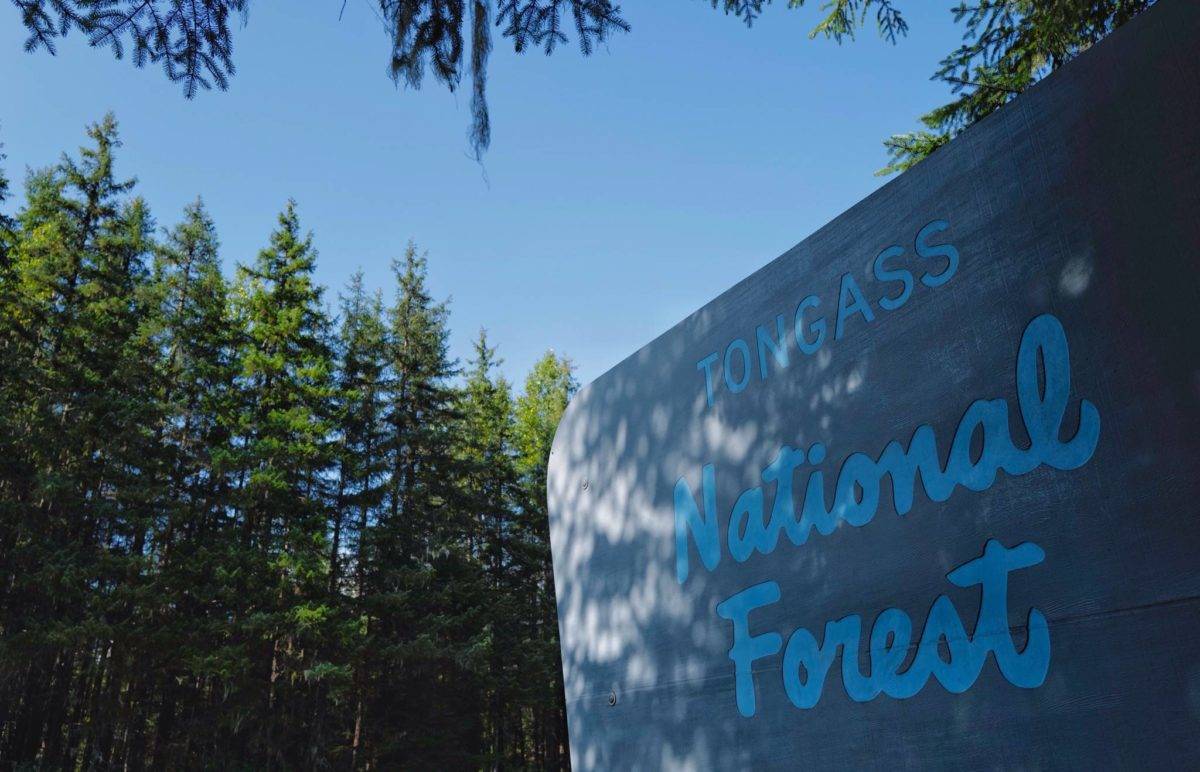As a resident of Southeast Alaska for nearly a half century, I am among the strong majority of Alaskans who support keeping the Roadless Rule on the Tongass. I am also the author of
“Tongass Timber: A History of Logging and Timber Utilization in Southeast Alaska.”
I read U.S. Sen. LisaMurkowski’s July 25 Washington Post editorial “Why I support Trump’s proposal to lift restrictions in the Tongass.” I couldn’t agree with her less. (And it’s an odd time for our senator to be supporting Trump, given the recent revelations about his abuse of power regarding Ukraine.)
Factually, Murkowski’s editorial is wanting. She stated that less than 1 percent of Southeast Alaska is privately owned. What about the for-profit Native corporations that were given some 650,000 acres under the Alaska Native Claims Settlement Act? A majority of these lands were clearcut and the round logs exported to Asia.
She wrote that Southeast Alaska’s social and economic health depends on resource-dependent industries, including fishing, forestry, mining and tourism. Yet logging, as Alaska Energy Desk reporter Elizabeth Jenkins pointed out in her Sept. 24 article “Faced with an important decision on the Tongass, why is the federal government supporting Alaska’s timber industry?” currently provides fewer jobs than a Walmart. The timber industry has long since cut the best and most accessible old-growth timber across Southeast Alaska.
Murkowski also stated that the Roadless Rule “affects mining, transportation, energy and more.” Yet, as of January 2018, the Forest Service had approved 57 projects in Alaska roadless areas, including 23 involving mining exploration and eight related to hydropower development, including the Swan-Tyee and Kake-Petersburg interties. Moreover, most of the projects were approved within a month of submission.
Murkowski needs to start calling it like it is instead of misleading the public to further her crude agenda for the Tongass.
She needs to recognize that the heyday of logging in Southeast Alaska is over, that the highest use of our forest today are the ecosystem services it provides 24/7 at no cost: clean our air, provide habitat for fish and wildlife, filter our water, and sequester carbon. Our future — the future of my children and grandchild — depend on it.
James Mackovjak,
Guastavus
